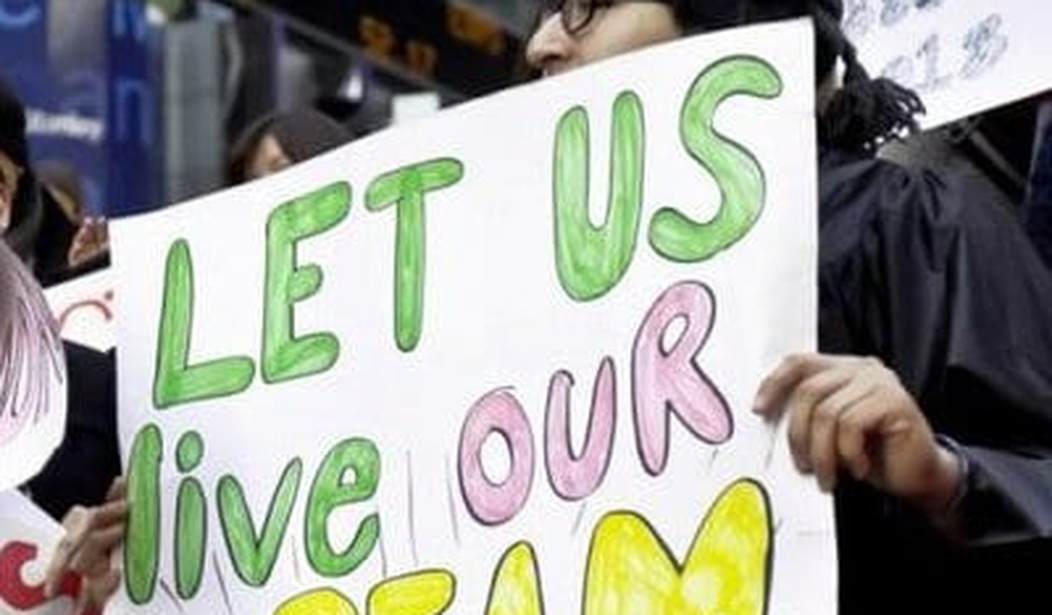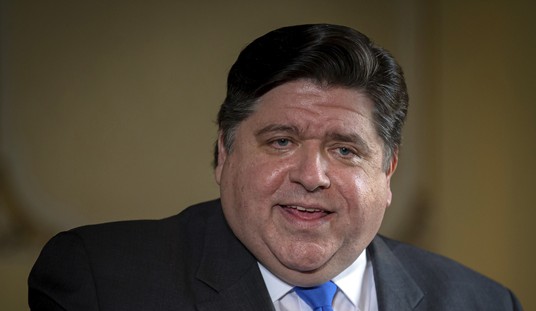WASHINGTON – Two years into the Deferred Action for Childhood Arrivals Program (DACA) nearly half of eligible youth have not applied, according to a report.
The program grants young illegal immigrants who meet specific residency and education criteria the chance to apply for a two-year renewable reprieve from deportation, allowing them to get temporary work permits and stay in the U.S. legally.
Last month, the U.S. Citizenship and Immigration Services (USCIS) released statistics of the applicants for 75 metropolitan areas containing 82 percent of requests.
Most metro areas on this list have between 1,000 and 9,000 applicants, but 11 are home to at least 11,000 DACA applicants. Los Angeles has the largest number with 13 percent of total applicants nationwide. Applicants living in the nation’s major metro areas make up half of all applications.
The top areas for DACA requests are large metro areas with sizable immigration populations.
Approvals vary greatly in different cities. According to an analysis by the Brookings Institution, the approval rate average in metro areas is 89 percent, with Riverside and Chicago having the highest approval rates at 93 percent each. Despite the high number of applicants in New York and Houston, they have lower than average approval rates at 84 and 85 percent, respectively.
The Migration Policy Institute (MPI) said in the report that about 55 percent of 1.2 million youths who meet the program’s criteria have applied.
In total, USCIS received 673,000 first-time applications. About 587,000 young immigrants, or 86 percent of applicants, have received DACA during the two years since President Obama authorized the deferrals in 2012.
MPI estimates that 2.1 million undocumented youth could potentially benefit from DACA.
California, Texas, Illinois, Florida, and New York, states that traditionally attract high numbers of immigrants, have the largest proportion of DACA-eligible youth. The rates of people who have applied vary widely – 64 percent have applied in Texas, but only 39 percent in Florida.
The report said that the varying state application rates reflect, in part, the different population composition, language diversity, access to information, state policies, and “the climate of reception for immigrants.”
For instance, in states such as Virginia and Massachusetts, where policies affecting immigrants’ access to postsecondary education, driver’s licenses, and other benefits are less restrictive, DACA application rates are lower. Other states that have taken a tough stance toward undocumented immigrants, such as Arizona, have motivated more people to apply for the program.
Arizona leads in the rate of eligible applicants who have applied with 66 percent.
Several factors may be holding down the number of applicants. One factor is the fee for applying to the program, which, at $465, many undocumented immigrants may find prohibitive. Many young people brought to the country illegally are afraid to show themselves.
Another factor is that many of these youth cannot prove that they have continuously resided in the U.S. since 2007. For those who are already beyond the traditional high school age, DACA requires enrollment in an adult education or workforce training program – a challenge for those with work and family responsibilities.
Renewal applications have dropped, with only 25,000 applications for the program since USCIS announced the instructions on June 5. That number is below the 28,000 that applied in 2012. This year’s applicants will have to renew their status in 2016.
Applicants must be at least 15 and under the age of 31. They must also have arrived in the U.S. before turning 16, lived in the country continuously since June 15, 2007, and be enrolled in school or have a high school diploma, and pose no safety threat.
A recent survey of self-selected DACA recipients found that 59 percent of them have been able to get a job, 45 percent increased their earnings, and 21 percent obtained an internship.
Republicans have pointed fingers at DACA for contributing to the influx of unaccompanied children trying to cross the U.S.-Mexico border. Around 60,000 unaccompanied children and more than 50,000 families have crossed into the U.S. since last October.
“I personally think this administration’s policies have contributed to this problem,” said House Homeland Security Committee Chairman Michael McCaul (R-Texas) in June during a hearing. “This problem will continue until we provide a deterrence, a strong message that if you do come, you can’t stay.”
Congress rejected the president’s request for $3.7 billion in aid to address the flood of children coming illegally into the country. Obama said he would use his executive authority to reallocate resources to cover basic functions.
Obama signed the executive order authorizing DACA in response to a failure by Congress to pass the DREAM Act, which would have given children brought to the U.S. illegally a path toward citizenship.
Congress adjourned for summer recess without a comprehensive immigration reform bill worked out after House Republicans refused to agree to reforms that do not include ramping up security at the border.
House Republicans passed a $694 million border security bill before adjourning, accompanied by another bill that would essentially phase out DACA. With the Senate already on a five-week summer recess, the measure will advance no further at least until lawmakers return to Washington in September. Obama said he would veto it.
Republicans voted to end DACA as a gesture of protest at the president’s leniency toward undocumented immigrants.
Homeland Security Secretary Jeh Johnson has denied that DACA was primarily to blame for the increase in minors trying to cross the border. He said these children have told Border Patrol agents that the conditions in their home countries were the main reason for embarking on the long, dangerous journey to the U.S.
The White House and the Department of Homeland Security have launched an information campaign to let immigrants who have recently entered the country illegally know that DACA is not available to them.
Obama announced in June his intention to issue new executive actions on immigration in the near future.









Join the conversation as a VIP Member